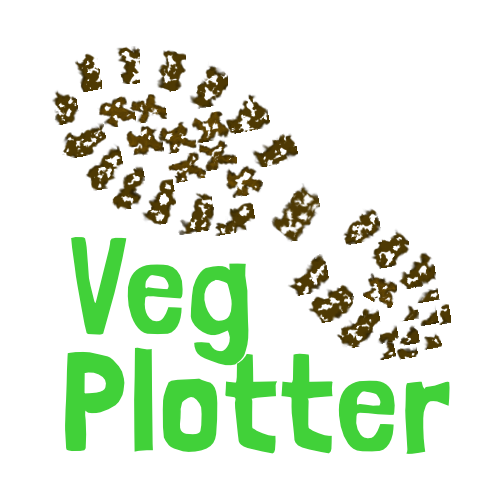Top 5 Water-Saving Secrets
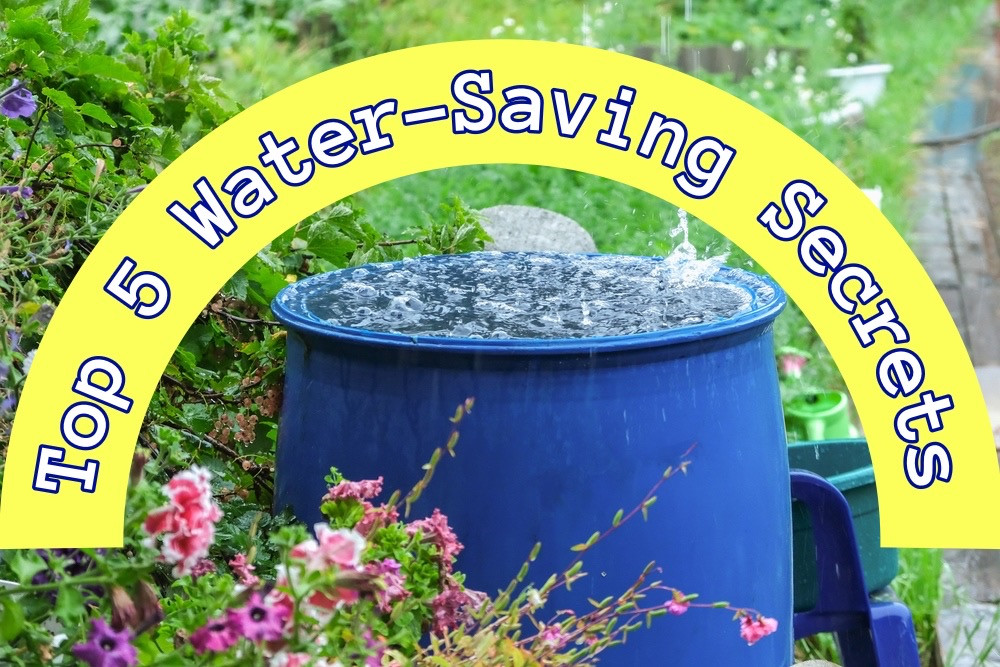
Gardening is a joyful pursuit, but a hot, dry summer can turn that joy into a stressful battle against wilting leaves and parched soil. As temperatures rise and water becomes a precious resource, we're challenged to find smarter ways to keep our vegetable gardens productive.
Fortunately, you don't have to choose between a thriving harvest and a responsible water bill. By embracing a few simple, yet powerful, permaculture principles, you can create a resilient garden that stays lush even in a heatwave. Here are five of the best strategies to help you conserve water and build a healthier garden ecosystem.
- Embrace the Power of Mulch If you're not mulching, you're missing out on the single most effective way to conserve water. A generous layer of organic mulch acts like a natural blanket for your soil. It shades the ground, drastically reducing water evaporation from the surface. In a hot sun, exposed soil can lose water at an alarming rate, but a 3-4 inch layer of mulch can cut that loss by up to 70%.
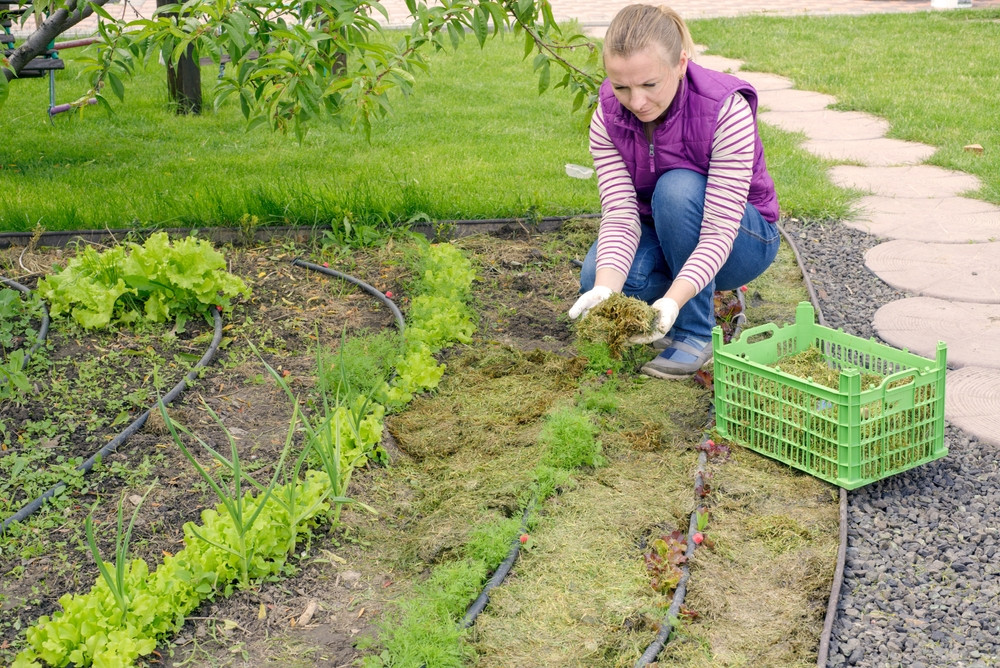
Beyond just saving water, mulch suppresses weeds (which compete for moisture), moderates soil temperature, and, as it decomposes, feeds the soil life. Choose materials like straw, wood chips, shredded leaves, or compost. For vegetables, straw and shredded leaves are excellent choices as they break down relatively quickly and don't tie up nitrogen. Apply it around the base of your plants, but keep it a few inches away from the stems to prevent rot.
- Water Deeply and Less Frequently It might seem counterintuitive to give your garden a long drink when you're trying to save water, but it's far more effective than frequent, shallow watering. When you sprinkle your plants for a few minutes every day, the water only soaks into the top inch or two of soil. This encourages shallow root growth, making your plants more vulnerable to stress when the surface dries out.
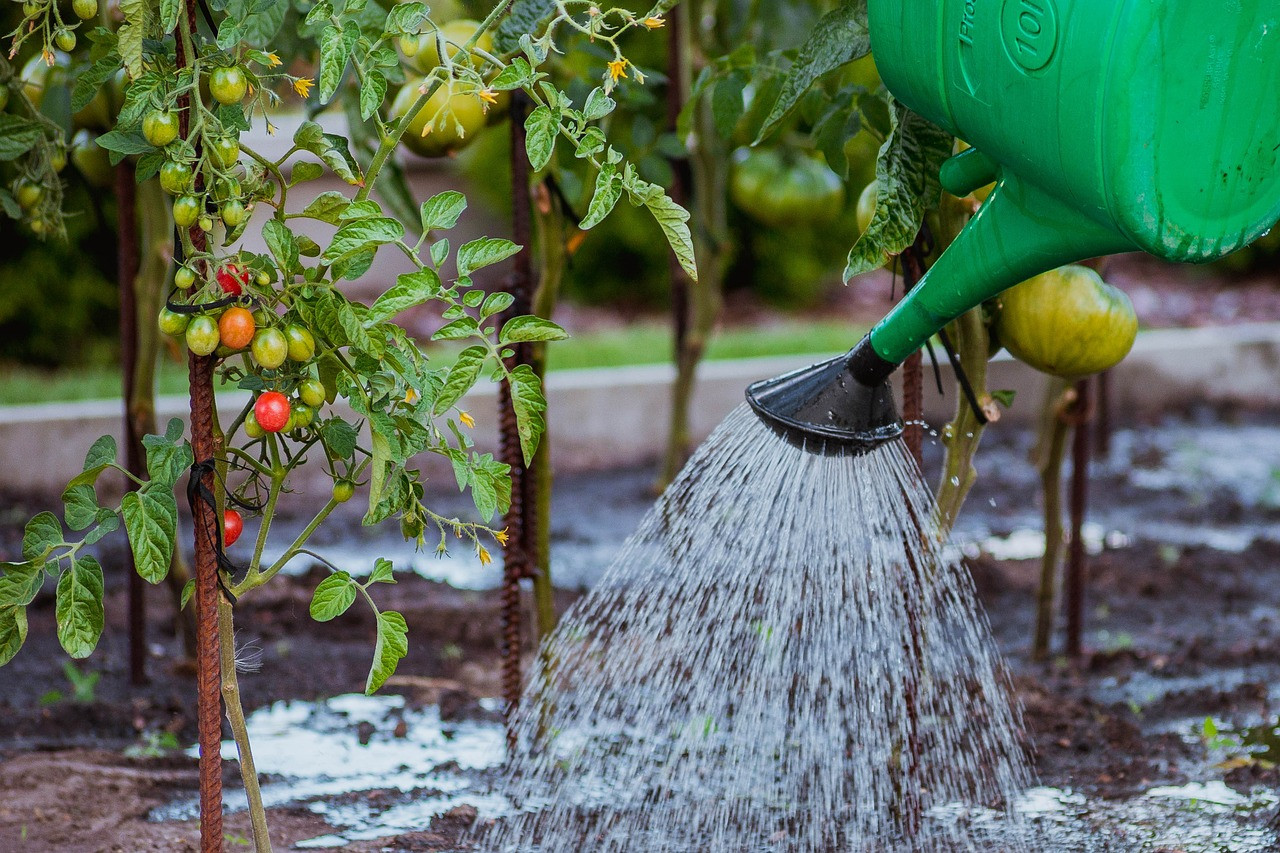
Instead, water less often but for a longer duration. Aim to get water down to the root zone, encouraging your plants to develop deep, strong roots that can access moisture from further down. A great way to do this is with soaker hoses or drip irrigation systems. These systems deliver water directly to the soil, minimizing runoff and evaporation. Watering early in the morning is also key—it gives the water time to soak in before the sun's heat begins to evaporate it.
- Harness the Power of Companion Planting Permaculture teaches us to design systems that work together, and companion planting is a perfect example. By planting a diverse mix of vegetables, herbs, and flowers, you can create a small, functional ecosystem. Some plants, like corn, can provide shade for other, more sensitive crops like squash. Other plants, like borage or comfrey, are "dynamic accumulators" with deep taproots that bring nutrients and moisture up from the subsoil.
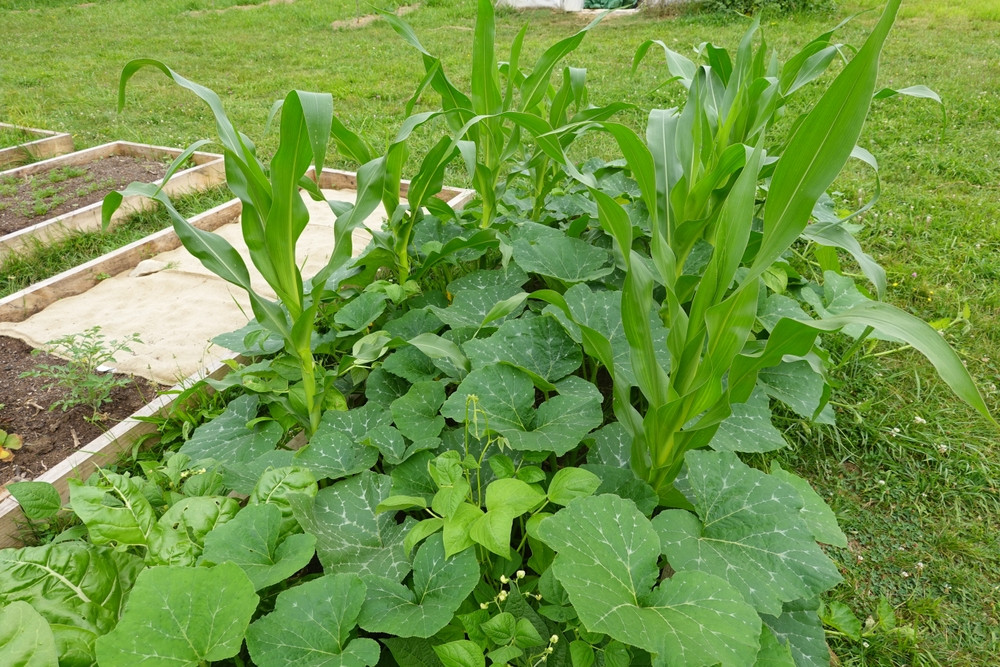
Planting dense canopies also helps create a living mulch, shading the soil and retaining moisture. Consider a classic "Three Sisters" planting of corn, beans, and squash. The corn provides a trellis for the beans, the beans fix nitrogen in the soil, and the squash's large leaves shade the ground, acting as a natural mulch. This synergy helps all three plants thrive with less water.
- Incorporate Swales and Hugelkultur Beds For gardeners with more space or a desire for a deeper permaculture project, building swales or hugelkultur beds can revolutionize water management. A swale is a simple ditch dug along the contour of a slope, with the excavated soil mounded on the downhill side. Its purpose is to slow, spread, and sink rainwater into the ground rather than letting it run off. This recharges your soil's natural water table, providing a long-term reservoir for your plants.
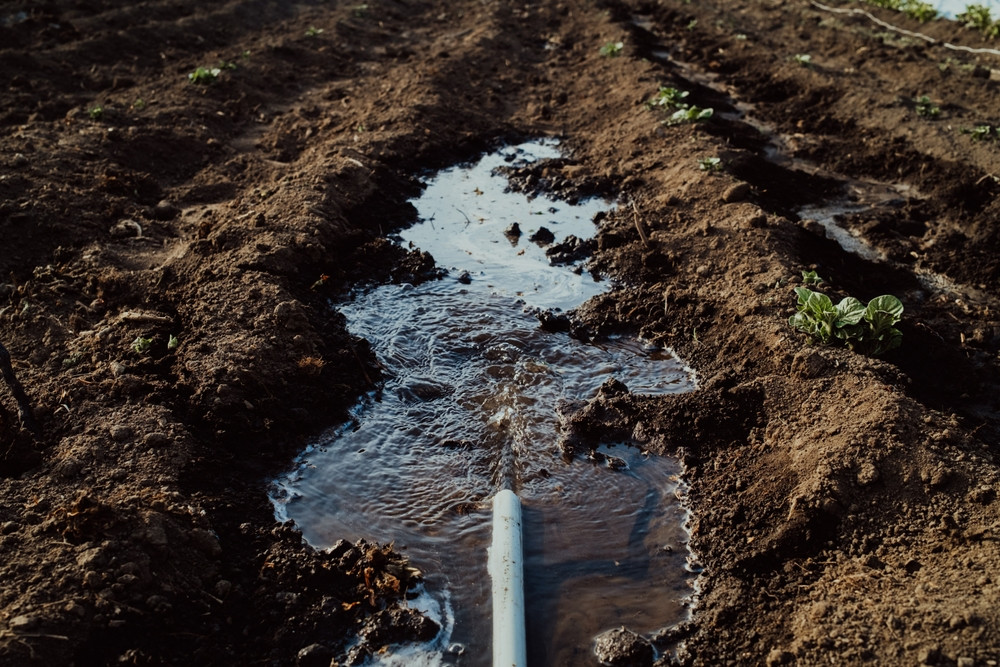
A hugelkultur bed is a raised garden bed built with a core of rotting wood, branches, and other organic matter. This spongy core acts like a huge sponge, soaking up and storing rainwater during wet periods and slowly releasing it back into the soil during dry spells. This can make these beds almost entirely self-sufficient, requiring little to no watering once established.
- Harvest Rainwater Why use municipal water when nature provides a free alternative? Setting up a rainwater harvesting system is a great way to conserve water and reduce your reliance on a public supply. Start small by placing a barrel or a few buckets under a downspout from your gutter. You can even connect a series of barrels to capture more water.
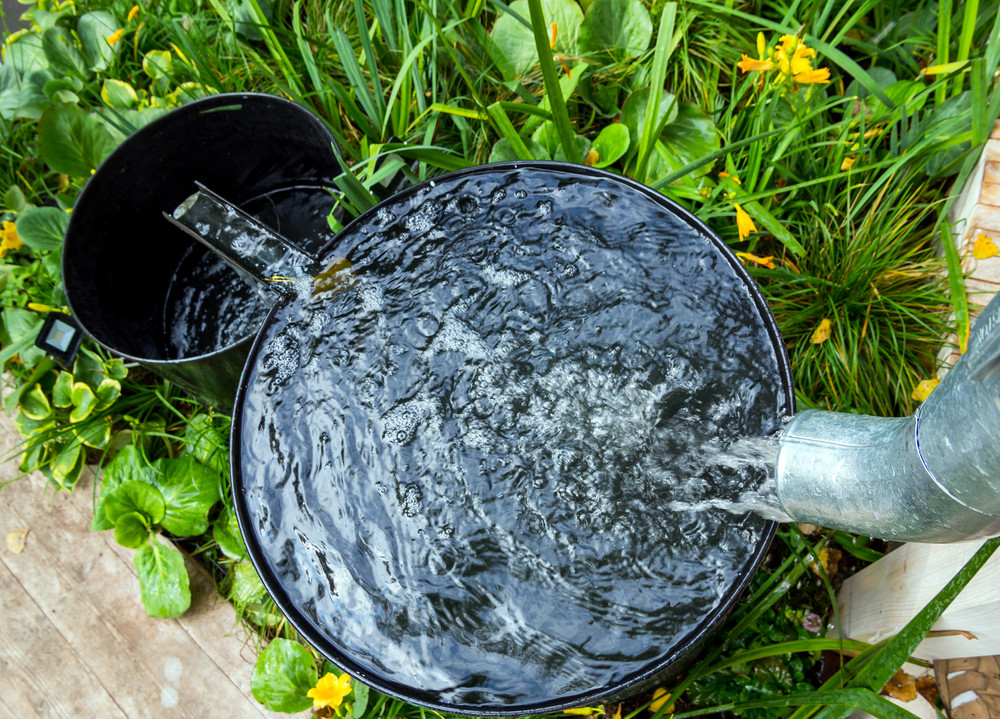
Rainwater is also beneficial for your plants because it is free of chlorine and other chemicals found in tap water. Use a spigot to fill your watering can or connect it to a soaker hose for passive watering. Just remember to use an overflow hose to direct excess water away from your home's foundation and consider a screen to keep out debris.
By implementing these five practices, you can transform your garden from a high-maintenance, water-guzzling plot into a resilient, productive, and beautiful space that works with nature, not against it. Happy gardening!

